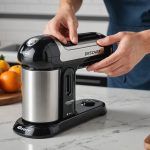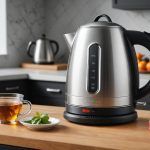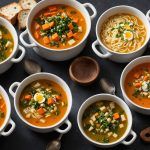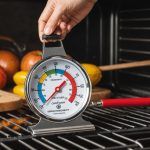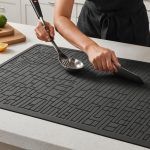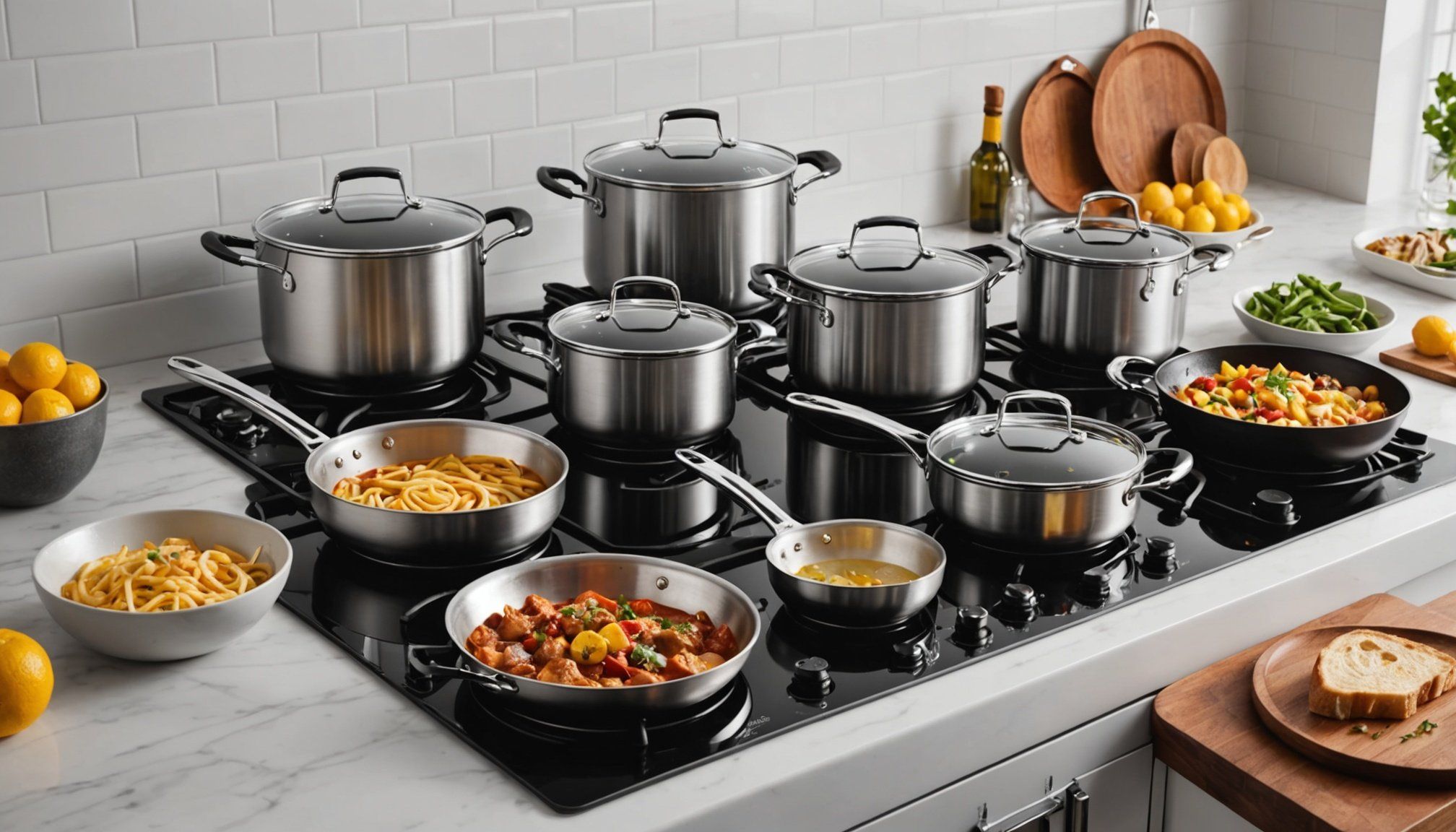Overview of Induction Cooking
Induction cooking involves heating through electromagnetic fields, which directly warm cookware rather than the cooktop surface. This method boasts high cooking efficiency, with heat transferred swiftly and precisely to compatible cookware, enhancing energy conservation and reducing cooking times.
One of the significant benefits of using induction cooktops is their safety. As the cooktop itself remains relatively cool, the risk of burns is significantly diminished. Additionally, induction cooktops often feature modern settings, such as precise temperature control and automatic shut-off, allowing for easier and safer culinary experimentation.
In the same genre : Discover the Best Electric Can Opener for Effortlessly Smooth Edges!
However, the importance of using compatible cookware cannot be overstated. Not all cookware can conduct the electromagnetic energy necessary for induction cooking. Therefore, pots and pans made with materials like cast iron or magnetic stainless steel are crucial for optimal performance. Ensuring cookware compatibility will prevent unnecessary energy waste and subpar heating results.
To summarise, induction cooking offers numerous advantages, primarily in efficiency and safety. Ensuring the right cookware is central to enjoying these benefits to the fullest. This innovative technology invites both beginners and seasoned chefs to experience swift, precise cooking in a modern kitchen setting.
Also to read : Essential Features to Look for in a Hand Blender for Perfect Soup Creations
Types of Cookware Suitable for Induction Cooking
Induction-compatible cookware is essential to optimise cooking performance with this modern technology. Let’s explore the different types of materials.
Stainless Steel Cookware
Stainless steel cookware is highly favoured for its durability and excellent heat distribution. Its versatility allows for various cooking methods, from sautéing to simmering. Many top-rated brands offer induction-compatible options that meet high standards, such as All-Clad or Cuisinart, known for combining robust construction with sleek design. By using such trusted options, users can experience uniform heat distribution, a key benefit in achieving precise cooking results.
Cast Iron Cookware
Renowned for its heat retention, cast iron enhances cooking efficiency by maintaining uniform temperatures, crucial for slow-cooked meals. Enamelled cast iron, like Le Creuset, offers style and ease of maintenance, while bare cast iron requires regular seasoning. Proper care ensures longevity, maintaining the non-stick quality and preventing rust.
Non-Stick Cookware
Non-stick cookware stands out for its ease of use and cleaning. However, its limitation lies in reduced durability and performance at high temperatures. Suitable for everyday tasks like frying eggs, brands like Tefal cater to those seeking practicality. This cookware is ideal for quick, low-heat cooking, offering convenience in daily meal preparation.
Induction Cookware Comparisons
When selecting induction-compatible cookware, understanding material performance plays a crucial role. Let us delve into the comparison of various materials to guide your choice.
Stainless Steel vs. Cast Iron
Both stainless steel and cast iron excel in specific cooking performance aspects. Stainless steel boasts excellent heat conductivity, enabling quicker cooking times. On the contrary, cast iron’s superior heat retention offers consistent heat, ideal for slow-cooking methods.
In terms of price, stainless steel typically presents a lower initial investment, appealing to budget-conscious shoppers. Cast iron tends to be pricier, reflecting its unmatched durability. When considering usage scenarios, stainless steel suits rapid tasks, like sautéing, while cast iron shines in simmering stews and roasts.
Non-Stick vs. Stainless Steel
Food release capabilities give non-stick cookware an edge for easy cleanup, making it invaluable for meals like omelettes. In contrast, stainless steel’s cooking versatility accommodates both browning and deglazing techniques, enriching flavour profiles.
For maintenance, non-stick options demand gentle care to preserve the coating, whereas stainless steel may require more effort due to tarnishing. Factors like longevity favour stainless steel, renowned for enduring decades with proper care.
Assessing these material differences aids in making an informed decision aligned with specific cooking preferences and budget considerations.
Best Brands for Induction Cookware
Choosing the right cookware brand significantly influences your overall induction cooking experience. Several brands dominate the market with unique offerings catering to varied cooking styles and preferences.
Le Creuset is renowned for its enamelled cast iron products, combining traditional craftsmanship with modern design. Known for exceptional heat retention and even cooking, these pieces are ideal for slow-cooked meals, with a touch of elegance in design. Though premium in price, their longevity ensures a lasting return on investment.
For stainless steel enthusiasts, All-Clad provides unmatched durability and versatile performance. With superior heat distribution, their cookware suits quick meals that require precise temperature adjustments. Customers often praise their sturdy construction and reliability over time.
Tefal excites those valuing non-stick surfaces for their ease of cleaning and everyday convenience. This brand caters to users preferring low-heat cooking tasks, providing practical yet affordable options. While not as long-lasting, Tefal’s focus on user-friendly design and functionality makes it popular among casual cooks.
These brands reflect varied cooking needs, from gourmet chefs to everyday home cooks. Understanding what fits your budget and functionality ensures a delightful and efficient induction cooking journey.
Maintenance and Care for Induction Cookware
Proper cookware maintenance enhances longevity and ensures optimal functionality, holding significant importance for induction cooking. Here, we explore methods and strategies suited for different cookware materials.
Cleaning varies across materials. For stainless steel, avoid abrasive cleaners to maintain its polished finish; a simple mixture of warm water and mild soap suffices. Avoid submerging cast iron in water; instead, a damp cloth can clean it effectively. For non-stick cookware, utilise non-abrasive sponges to protect the coating. Handwashing is often recommended over dishwashing to extend lifespan.
When storing cookware, stacking pots and pans may lead to scratches or warping. Use protective layers, like paper towels, between pieces to prevent contact damage. Storing lids separately shields sensitive surfaces. Hanging racks and organised shelving can promote better airflow and reduce potential clutter.
Regularly inspect for damage. Signs of wear on cast iron include excessive rust or flaking. For non-stick, diminished surface quality may lead to sticking and uneven cooking. Replacement is often more cost-effective than continued use. When considering new purchases, understanding warranty and customer service options can provide added security. Monitoring these signs ensures your kitchen remains well-stocked with dependable, efficient cookware.
Tips for Choosing the Right Induction Cookware
Understanding personal cooking habits significantly aids in selecting the best induction-compatible cookware. Begin by assessing the types of meals prepared frequently. Do you enjoy quick stir-fries or slow-cooked stews? This preference influences whether stainless steel or cast iron suits your needs.
Consider seamlessly aligning your budget with your cooking goals. Value for money is crucial when purchasing induction cookware. Expensive options might offer enhanced durability and performance over time. However, affordable cookware can also meet daily culinary requirements. Balance price considerations against long-term benefits.
Evaluating warranty terms and customer service can offer extra assurance. A robust warranty provides coverage against manufacturing defects, while responsive customer service assists with any purchase-related issues.
Prioritise these factors effectively to ensure satisfaction from your induction cooking investment. Remember, the right cookware can transform routine cooking into a delightful experience. Let your culinary desires guide you towards an informed and rewarding purchase. Follow these insights to align your choices with both your financial constraints and culinary endeavours.

